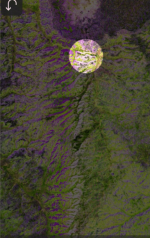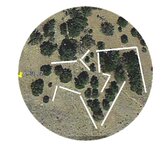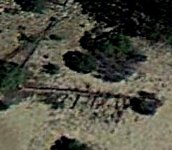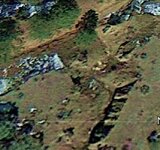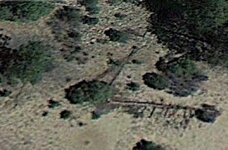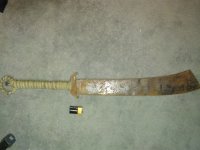aarthrj3811
Gold Member
Seems to me it would be better to use an algorithm for micron gold...I doubt anyone has ever found a gold vein that was 30 inchs wide...~RBrown~
Another word of caution these satellites can't see anything smaller than 30' so you are looking for an outcropping of a thick vein lode gold deposit they will never see it however they will see the alteration zone where the deposit was formed, so in this case you would not look for gold at all but rather an alteration zone. For micron gold you use yet another different algorithm.
Alteration ZonesCached - Similar
You +1'd this publicly. Undo
Alteration zones can be created around a number of the structural features (faults, shear zones, plugs, dykes and unconformities), and are defined as either ...
I was taught that these formation were what I was looking for...Art


